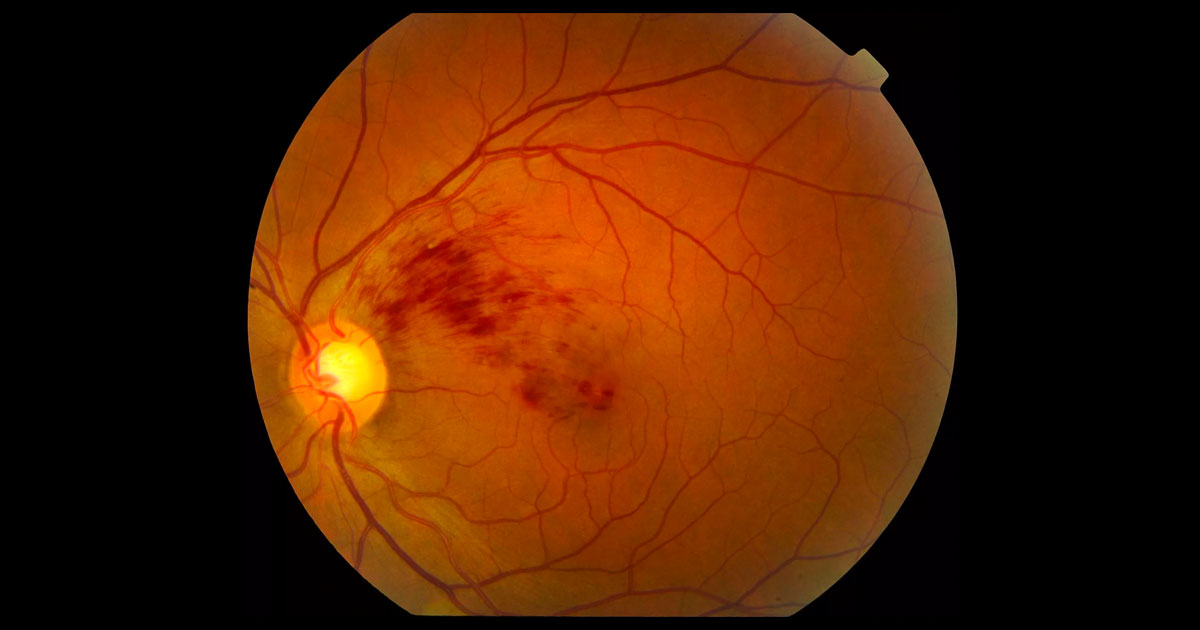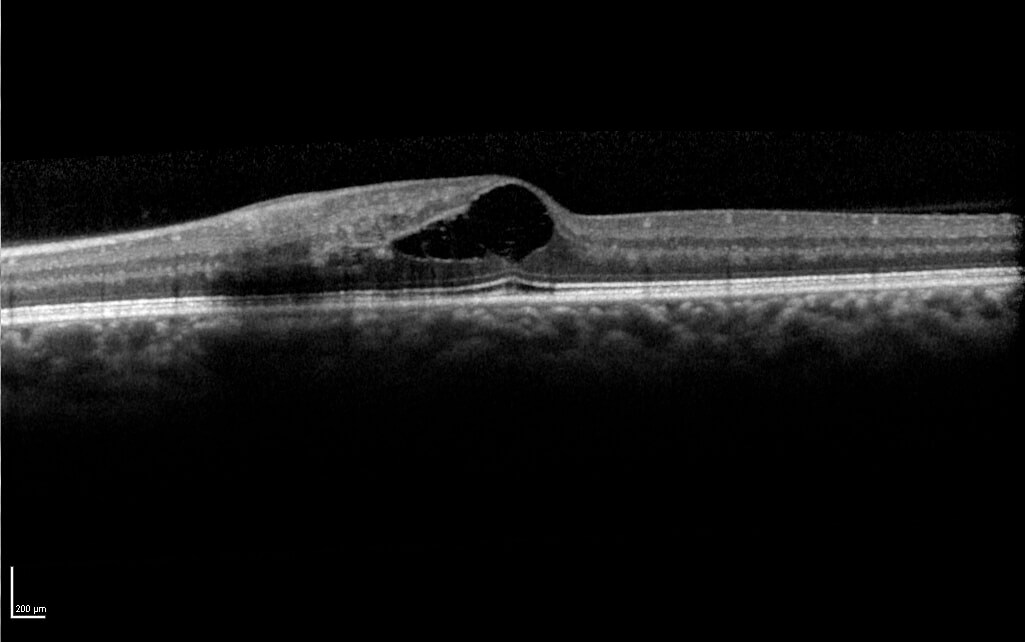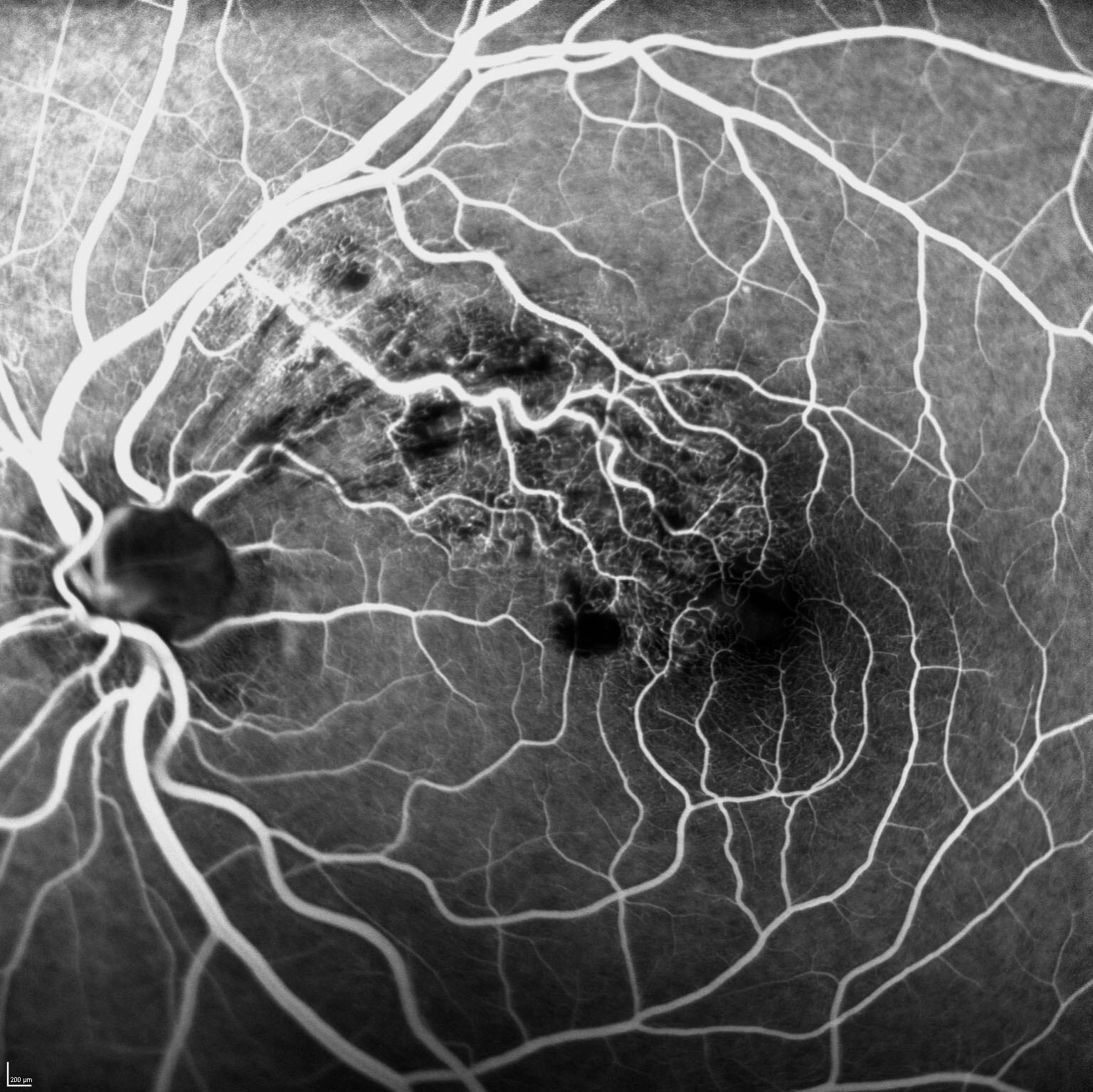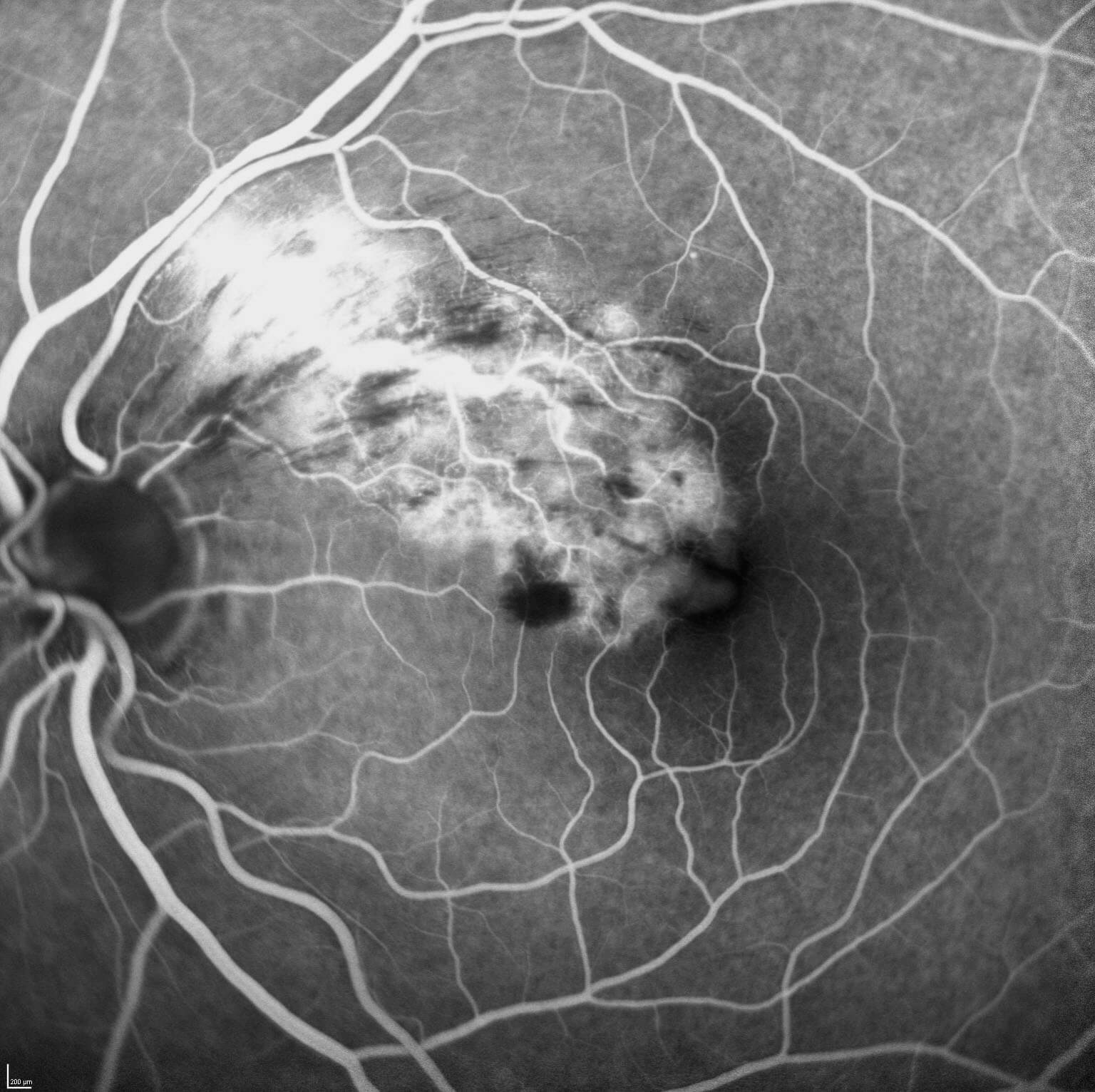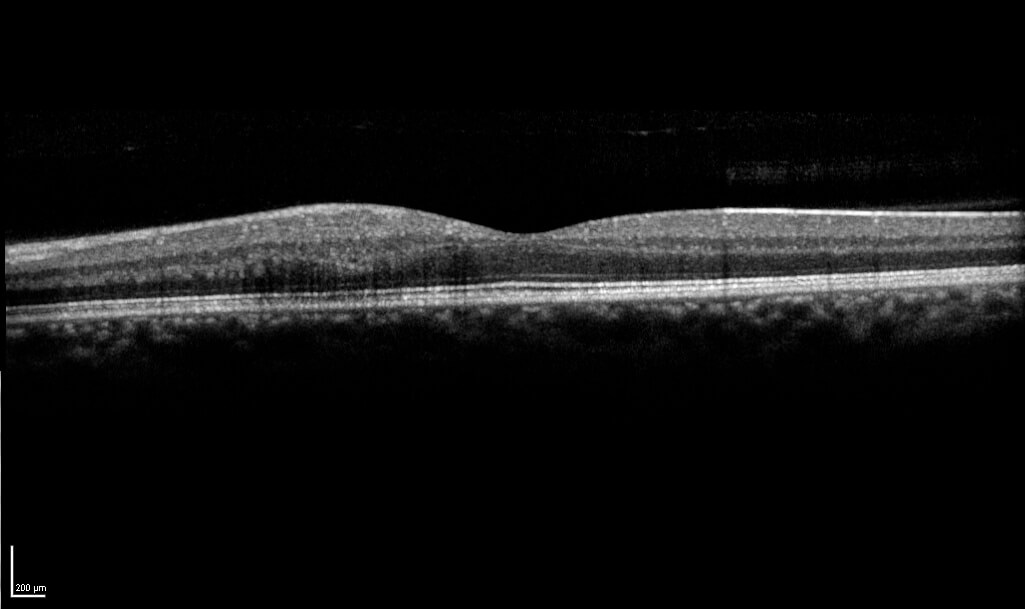REFERENCES
- KleinR, Klein BE, MossSE, Neuer SM. The epidemiology of retinal vein occlusion: the Beaver Dam Eye Study. Trans Am Ophthalmol Soc 2000;98:133-141.
- Jaulim A, Ahmed B, Khanam T, Chatziralli I. Branch Retinal Vein Occlusion. Epidemiology, Pathogenesis, Risk Factors, Clinical Features, Diagnosis and Complications. An Update of the Literature. Retina 2013;33:901-910.
- Kolar P. Risk factors for central and branch retinal vein occlusion: a meta-analysis of published clinical data. J Ophthalmol 2014 Epub Jun9.
- Kang HM, Chung EJ, Kim YM, Koh HJ. Spectral-domain Optical Coherence Tomography (SD-OCT) patterns and response to intravitreal bevacizumab therapy in macular oedema associated with branch retinal vein occlusion. Graefes Arch Clin Exp Ophthalmol 2013;251:501-8.
- Hayreh SS, Zimmerman MB. Branch Retinal Vein Occlusion Natural History of Visual Outcome. JAMA Ophthalmol 2014; 132:13-22.
- Branch Vein Occlusion Study Group. Argon laser scatter photocoagulation for prevention of neovascularisation and vitreous hemorrhage in branch vein occlusion. A randominsed clinical trial. Arch Ophthalmol 1986;104:34-41.
- Campochiaro PA, Heier JS, Feiner L, et al. Ranibizumab for macular edema following branch retinal vein occlusion: six-month primary end point results of a phase III study. Ophthalmology 2010: 117:1102-12.
- Scott IU, Ip MS, VanVeldhuisen PC, et al. A randomised trial comparing the efficacy and safety of intravitreal triamcinolone with standard of care to treat vision loss associated with macular edema seondatry to ranch retinal vein occlusion: the Standard Care vs Corticosteroid for Retinal Vein Occlsion (SCORE) study report 6. Arch Ophthalmol 2009;127:1115-28.
- Donati S, Barosi P, Bianchi M, et al. Combined intravitreal bevacizumab and grid laser photocoagulation for macular oedema secondary to branch retinal vein occlusion. Eur J Ophthalmol. 2012;22:607-14.
- Hayashi A, Yunoki T, Miyakoshi A, et al. Intravitreal injection of bevacizumab combined with macular grid laser photocoagulation for macular edema in branch retinal vein occlusion. Jpn J Ophthalmol 2011;55:625-31.
